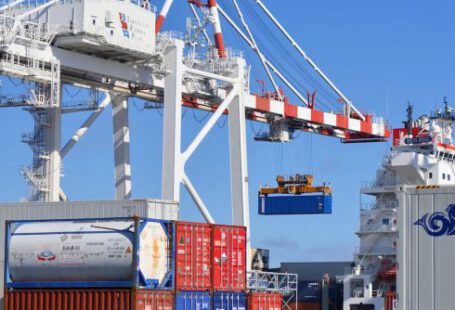The use of cranes in construction has been around since the ancient Egyptians used them to build the pyramids. Since then, the technology and engineering behind cranes has evolved dramatically. Cranes today are used for a wide variety of tasks, from the construction of buildings to the loading and unloading of ships. In this article, we will explore the evolution of cranes in the construction industry over the years.
Early History
The earliest known use of cranes in construction can be traced back to Ancient Egypt, where the Egyptians used them to build the pyramids. These cranes were primitive and were mainly used to lift and move heavy stones from one place to another. The cranes used during this time were made of wood and rope and were operated by men.
In the Middle Ages, cranes began to be used more widely in construction. During this period, cranes were used to lift and move materials such as stones, bricks, and timber. These cranes were more advanced than the ones used in Ancient Egypt and were powered by horses or oxen.
Modern Advances
The Industrial Revolution saw the introduction of steam power, which drastically changed the way cranes were used in construction. Cranes were now able to lift heavier loads and could be operated more quickly and efficiently. The first steam-powered crane was invented in 1846, and since then, the technology behind cranes has continued to evolve.
Cranes today use a variety of power sources, including electricity, diesel, and hydraulic systems. Electric cranes are the most commonly used, as they are more efficient and require less maintenance than their counterparts. In addition, modern cranes are often operated by computers, which allows for greater accuracy and precision when performing tasks.
Safety and Regulations
Safety has always been a priority in the construction industry, and the introduction of cranes has made it even more important. As cranes are used to lift large and heavy objects, safety regulations and standards must be adhered to in order to ensure that no one is put at risk. In the United States, the Occupational Safety and Health Administration (OSHA) sets and enforces safety regulations related to the use of cranes in construction.
In addition to OSHA regulations, crane operators must also be properly trained and certified in order to safely operate the equipment. This ensures that operators are familiar with the equipment and are able to safely use it in any construction environment.
Conclusion
Cranes have come a long way since their first use in Ancient Egypt. Today, they are used for a variety of tasks in the construction industry, ranging from the construction of buildings to the loading and unloading of ships. The technology and engineering behind cranes has also evolved dramatically, allowing them to be more efficient and precise. Safety regulations and standards must also be followed in order to ensure that no one is put at risk when operating cranes. The evolution of cranes in construction is an ongoing process, and we can expect to see even more advances in the future.






